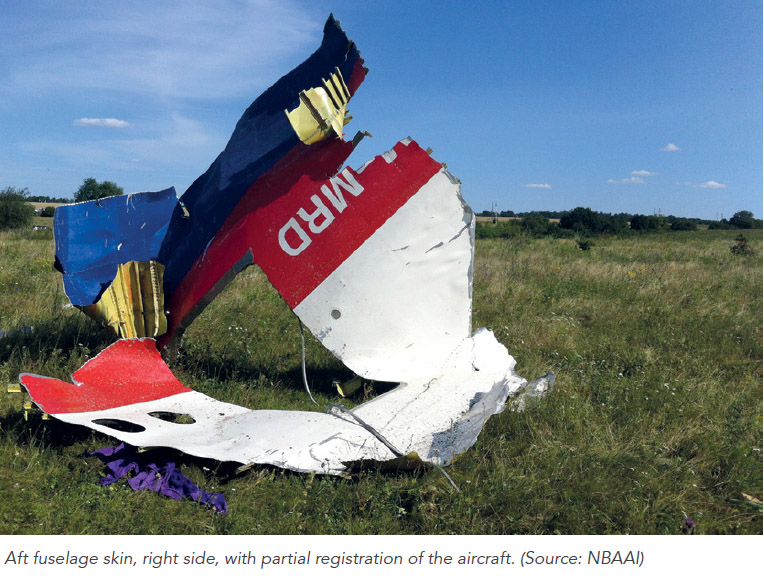

MH17 exposed a significant weakness – if not a failure – of international threat and risk assessment to determine what is safe & secure and how to effectively exchange such confidential (safety & security) information. How do we close this loophole today?

This very pressing question was repeatedly raised during a 3-hour hearing in the European Parliament Transport Committee last week. The industry experts – present at the hearing – shared their preliminary views on the MH17 downing and the way forward. In a nutshell: an analysis of the industry’s approach to risk assessment is needed, a new system for high level international intelligence sharing is in the pipeline and there is a political commitment to take all measures necessary for preventing tragic avoidable events like MH17.
The hearing was one of the first meetings of the new EP Transport Committee and provided an opportunity for stakeholders to shed light on what has been done since the accident in July. EP Members were briefed about the ICAO led Task Force on “Risks to civil aviation arising from conflict zones”, which was set up with a key objective to identify solutions in the aftermath of the MH17 downing.
The tragic event placed under scrutiny the exchange of safety critical information and intelligence. This is why one of the key concerns of the ICAO Task Force– where pilots are represented by IFALPA – is to set robust arrangements in place to identify, assess, share information on and respond to risks to civil aviation from activities in conflict zones. In the short run, the Task Force will explore how the NOTAM system can be better used to share conflict zone risk information. In the long run, a new centralised system for the prompt sharing of such information is to beestablished. This system should ensure the timely consolidation, processing and distribution of the appropriate safety information to all stakeholders.
This would require a significant effort, also in Europe. Patrick Ky, Executive Director of EASA, warned that EU Member States are sometimes reluctant to provide EASA with information and intelligence that might affect the safety of passengers and crew. The information does not reach EASA in all cases in a timely manner – like in the Ukraine case – with the US Federal Aviation Administration being the main source of information…
An airline and its pilots can take all the precautions possible and yet an aircraft can be utterly vulnerable as it flies through an air-corridor deemed to be safe. To make the final call – whether it is truly safe or not – it is crucial that Member States, authorities and airlines share sensitive information that will allow the pilots to bring their passengers safely to their destination.
READ MORE: ECA STATEMENT ON MH17 DOWNING (23 July 2014)